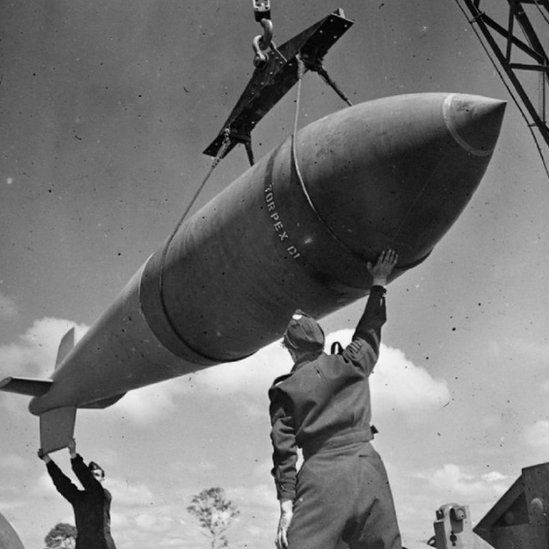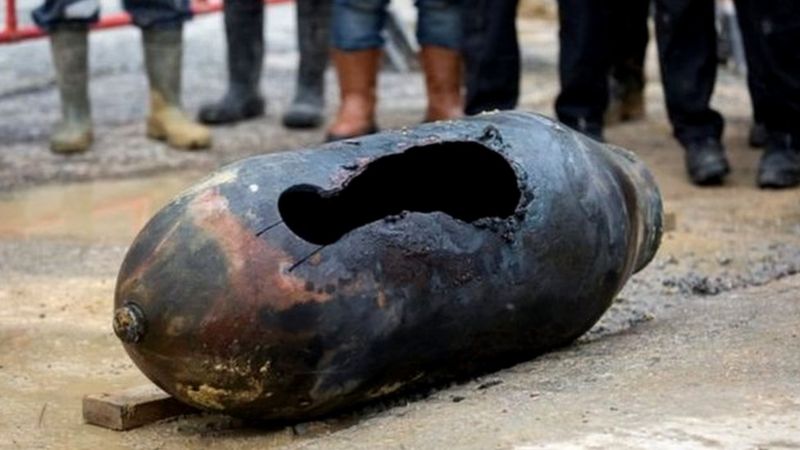The bomber struck shortly after noon in front of a crowd of 2,000 people, according to officials. The bomber struck shortly after noon in front of a police recruiting center. According to the BBC's Adam Aston from Warsaw, the Polish navy used a remote control device to defuse the bomb, and if successful, the bomb could have been defused without detonation. According to a senior Polish naval official, "the bomb exploded while the device was still in use, but we can now defuse the bomb and pose a threat to the Svenjosi Canal used for navigation in the Baltic Sea." do not have.'
Earlier, Polish military divers launched a critical operation to defuse a bomb dropped during British World War in the lower reaches of a canal used for navigation in the Baltic Sea.
About 750 residents from nearby settlements were evacuated from the area near the port city of Svenjosi, while the bomb disposal operation was expected to take five days. Called the Tailboy, or 'Earthquake', the bomb is 6 meters (19 feet) long, weighs 5.4 tons and has half the explosives in it. It was shot down by the RAF in an attack in 1945, which also sank a German ship, the Latzo. The bomb was at a depth of 12 meters and only its front was visible.
A remote-controlled device was used to defuse the bomb, and divers spent several days preparing the site. The bomb was discovered while digging in the sea last year. Poland has never before defused such a large underwater bomb. Tailboy was an earthquake-causing, very powerful bomb, which fell near a target and was designed to destroy it with a shock wave. The Royal Air Force dropped such bombs in 1944-45 using Lancaster bombers. Nazi V-rocket launchers were also among the targets. Poland is one of the countries that came under heavy bombardment during the war, when the Nazis turned the capital, Warsaw, into ruins. Fearing the corona virus, some locals refused to go to a makeshift shelter set up in the sports hall.


No comments:
Post a Comment